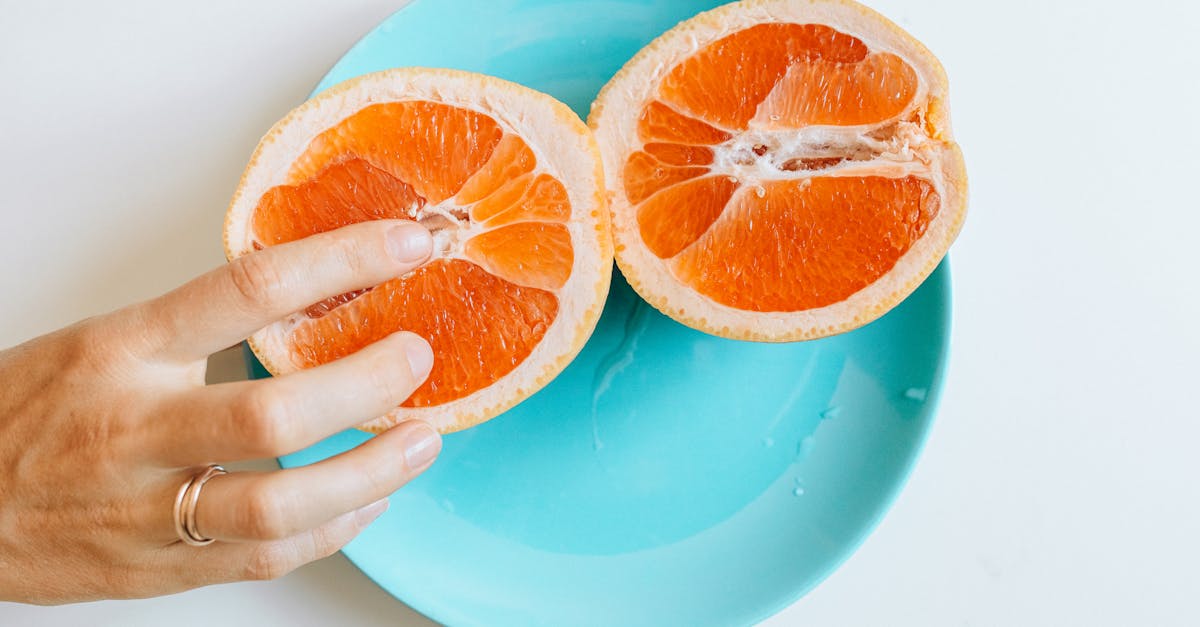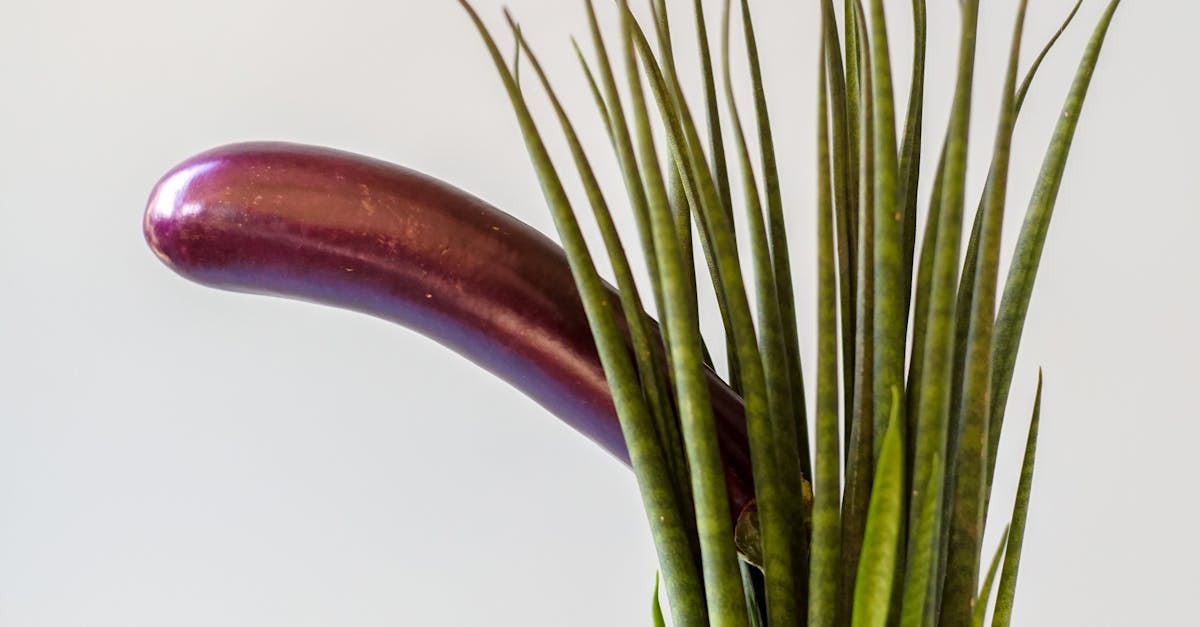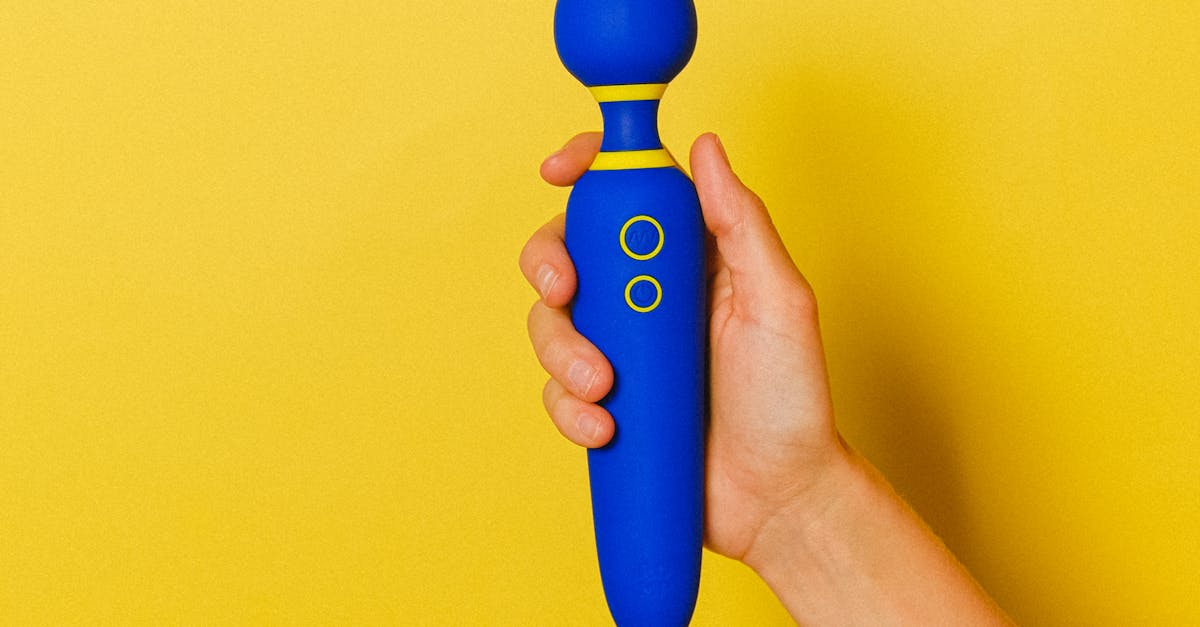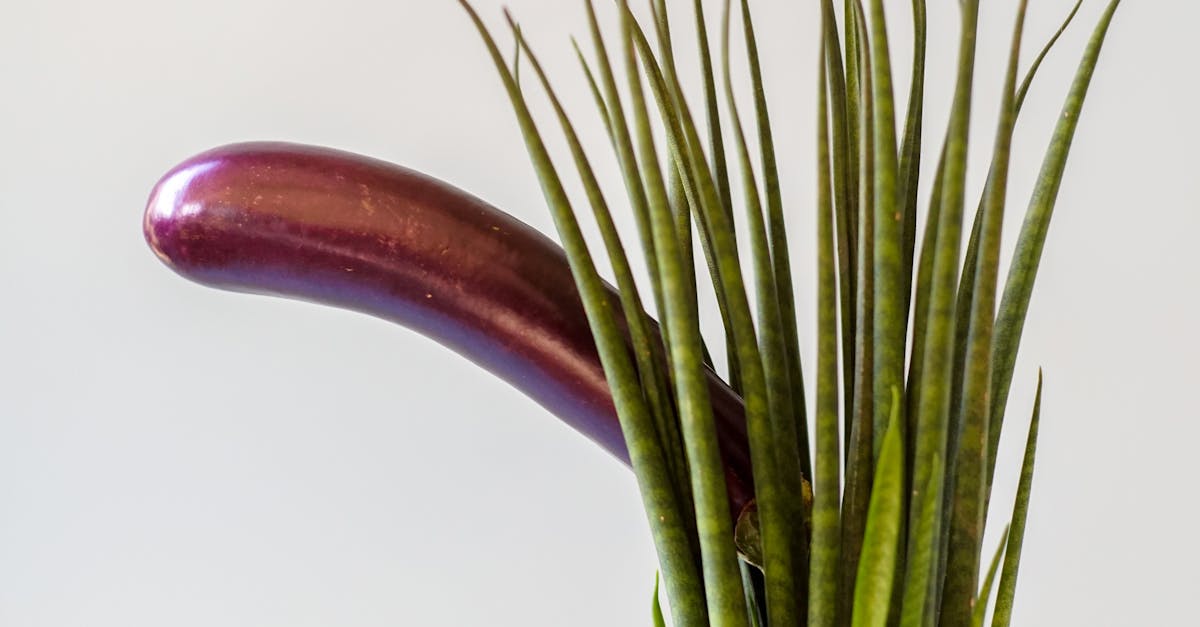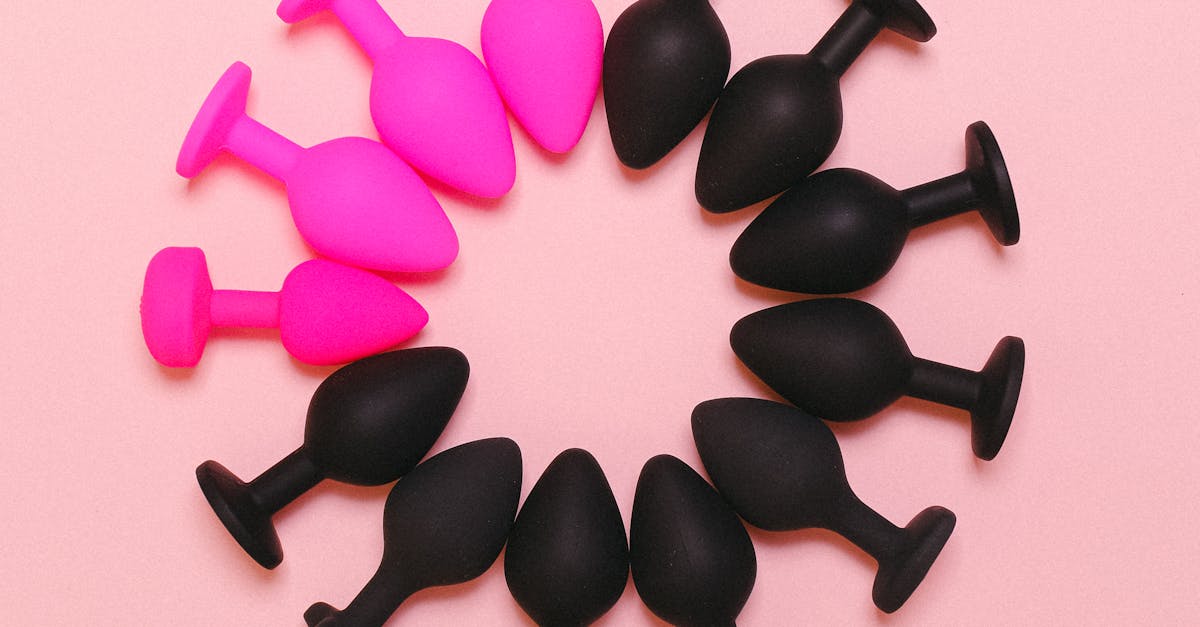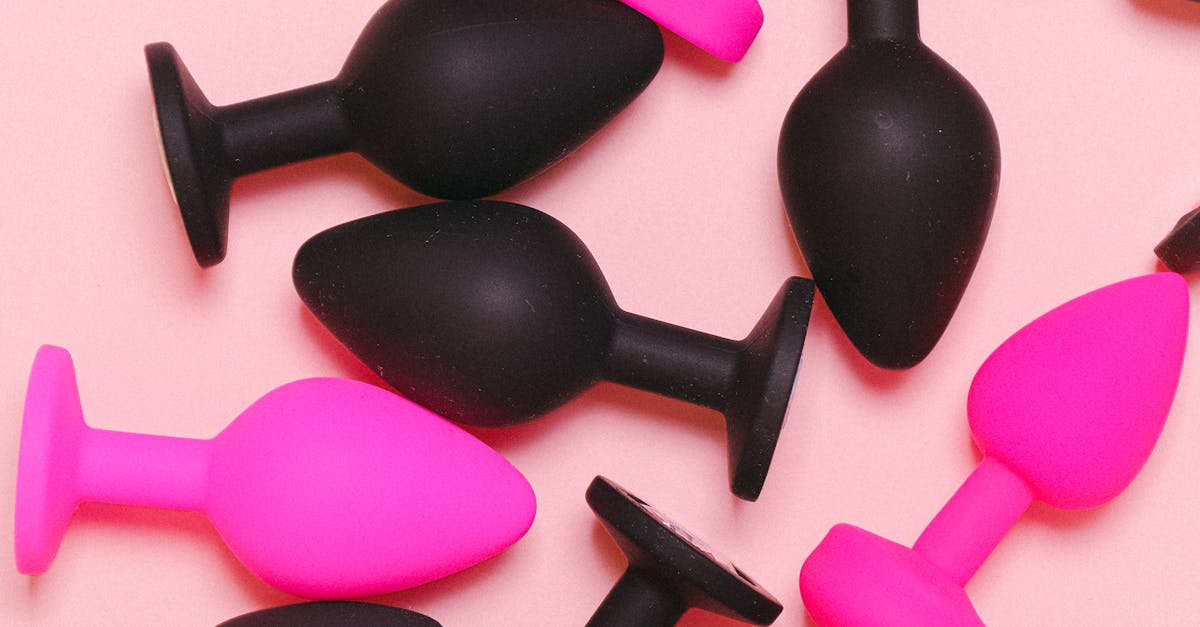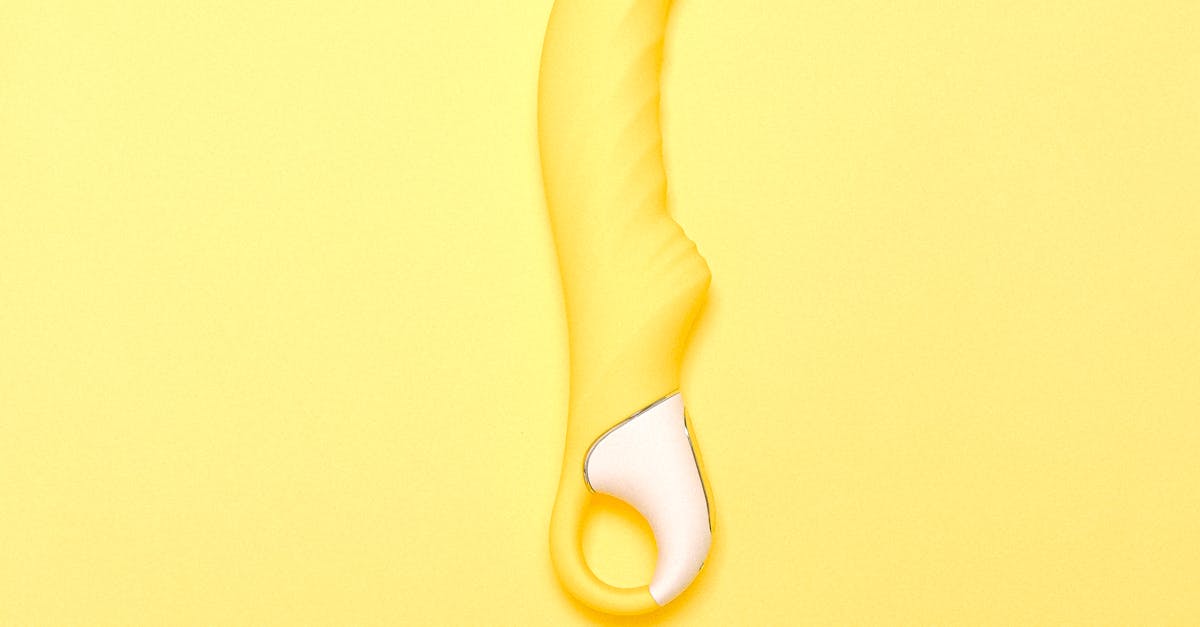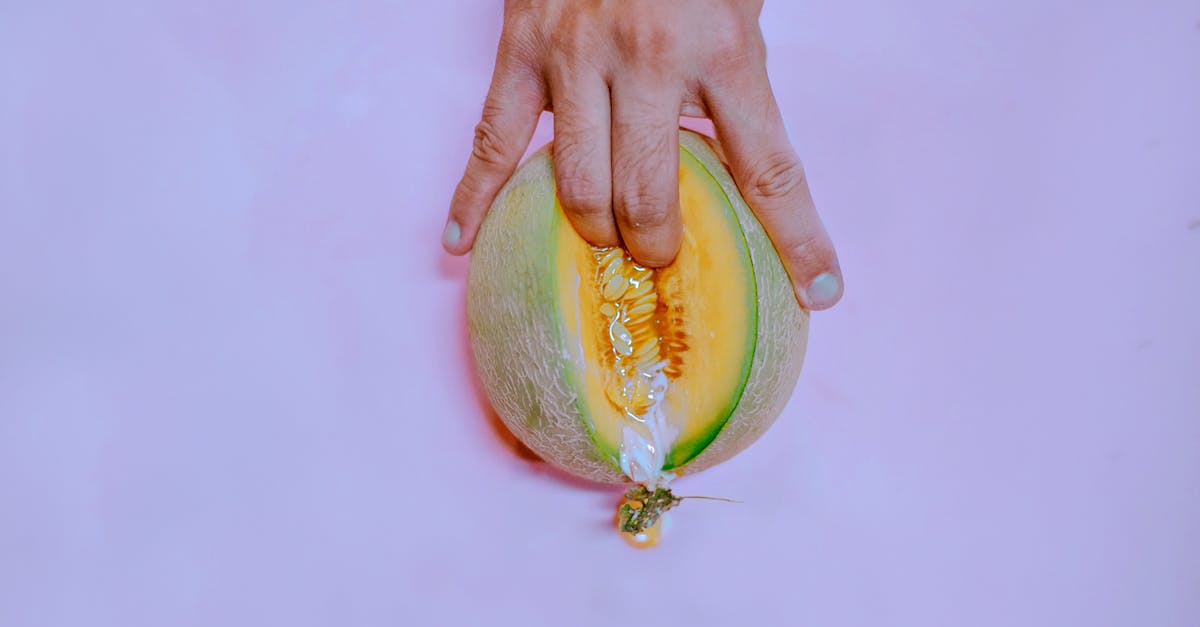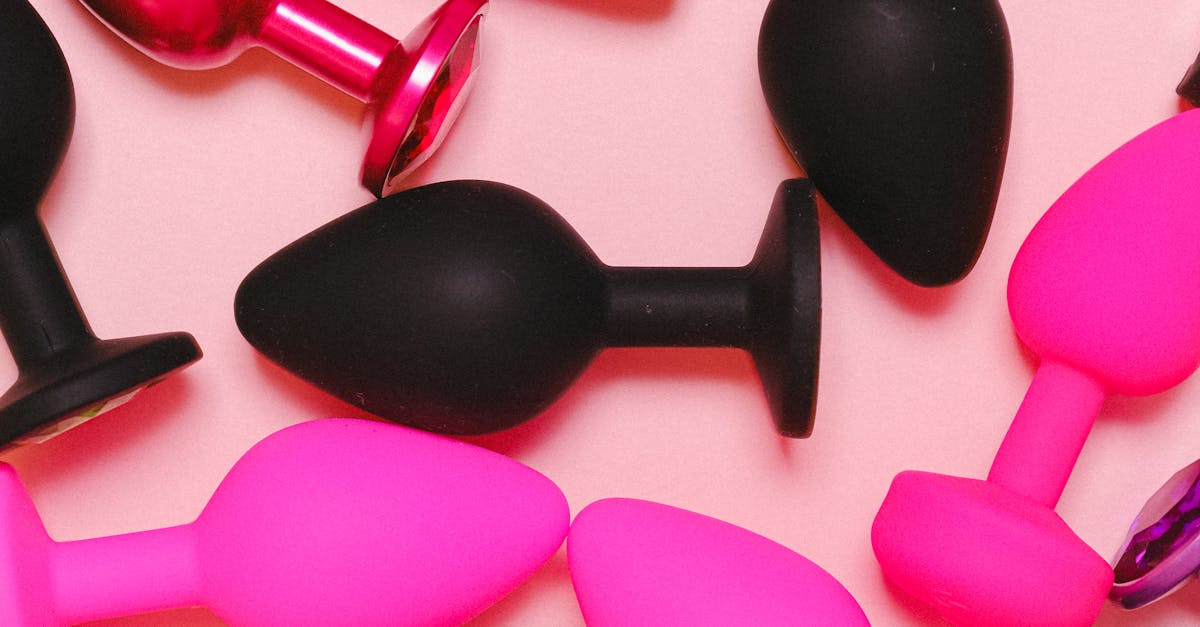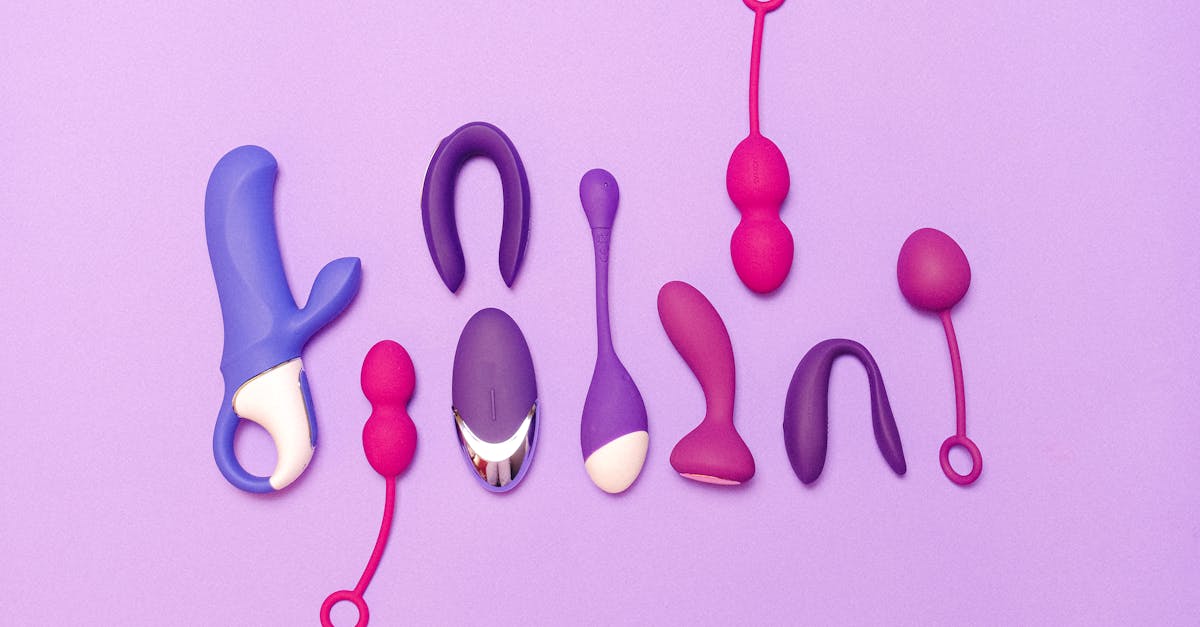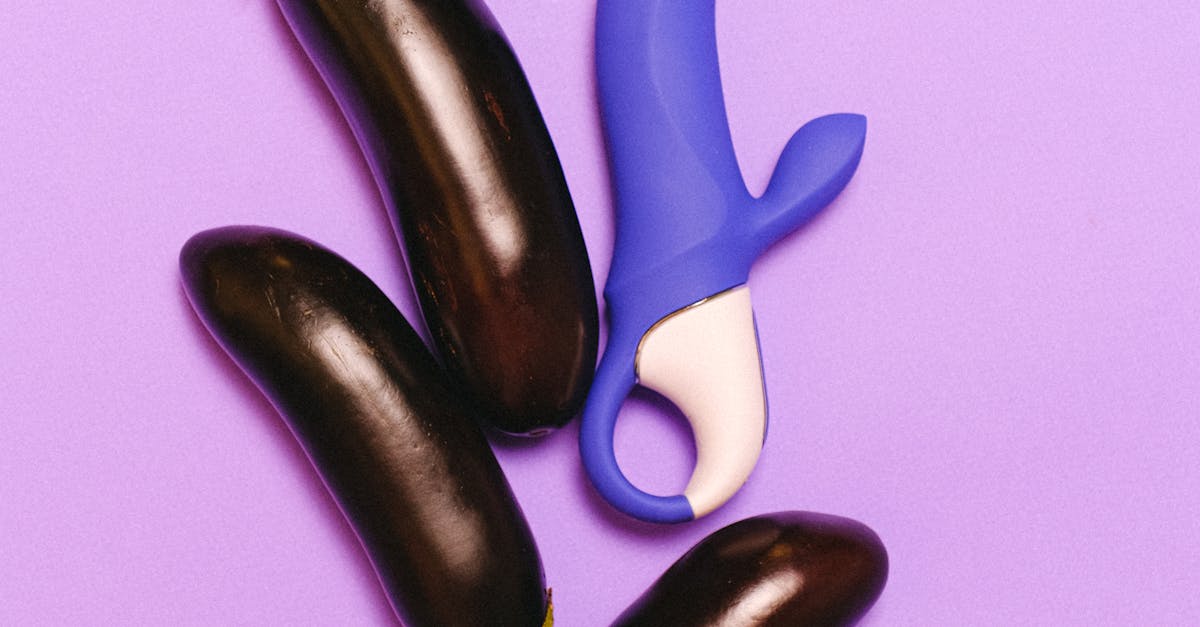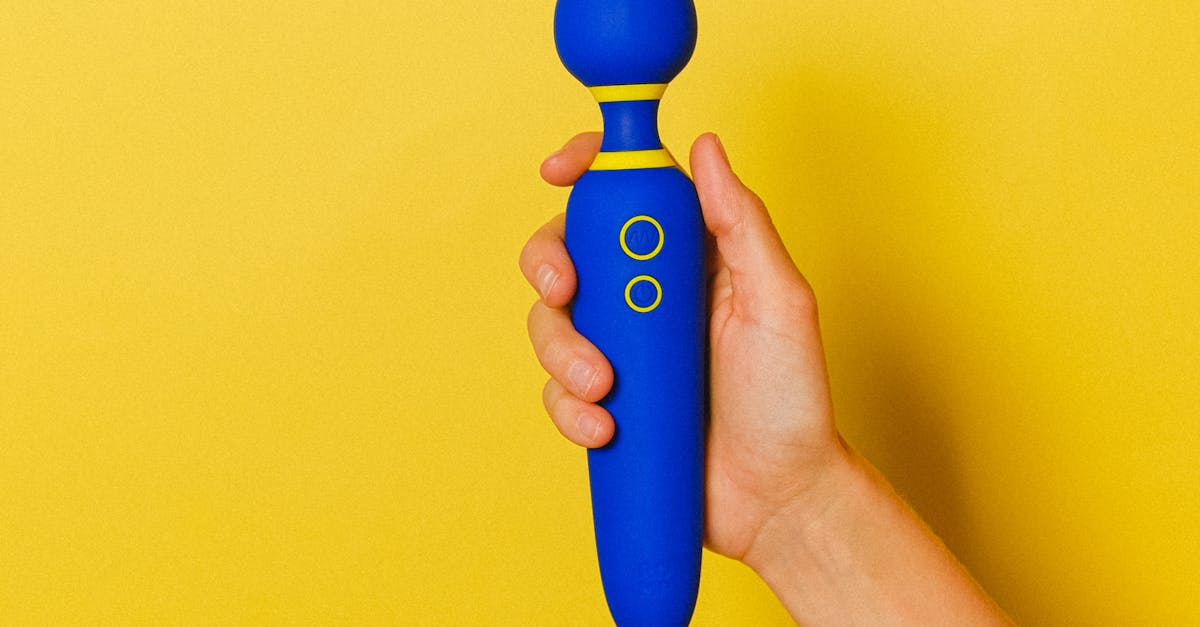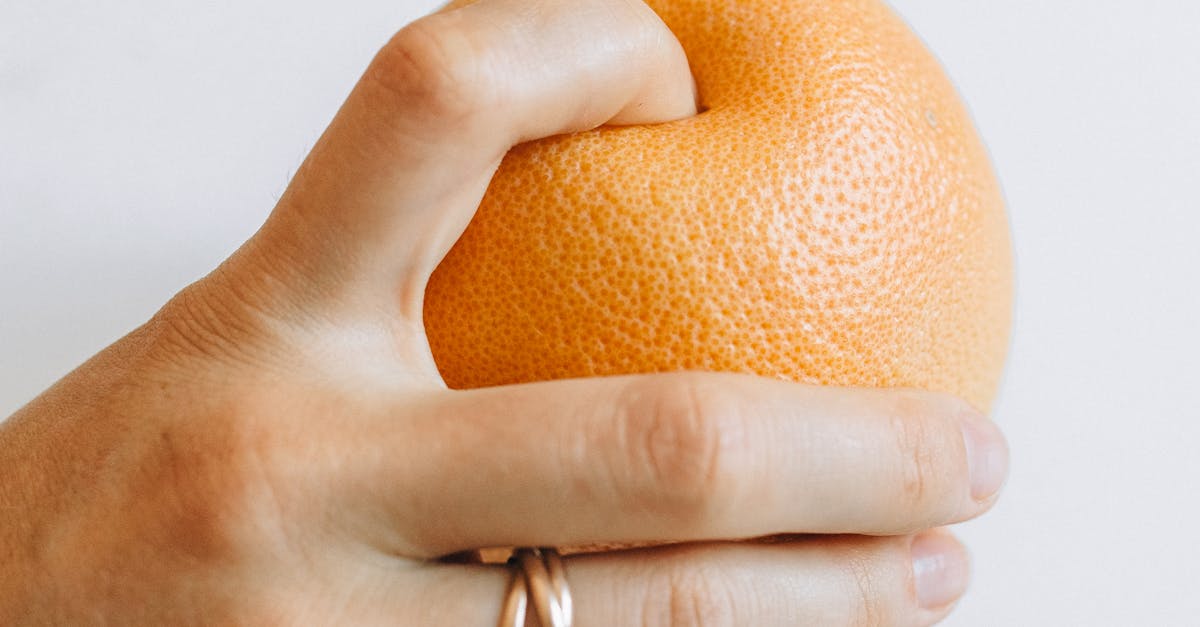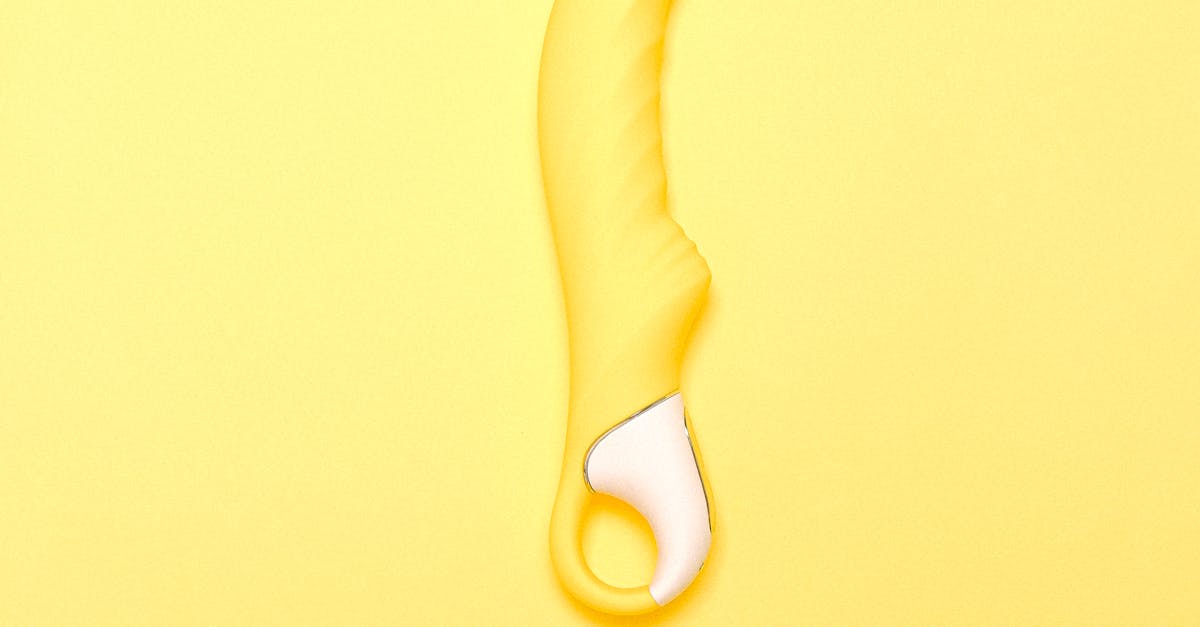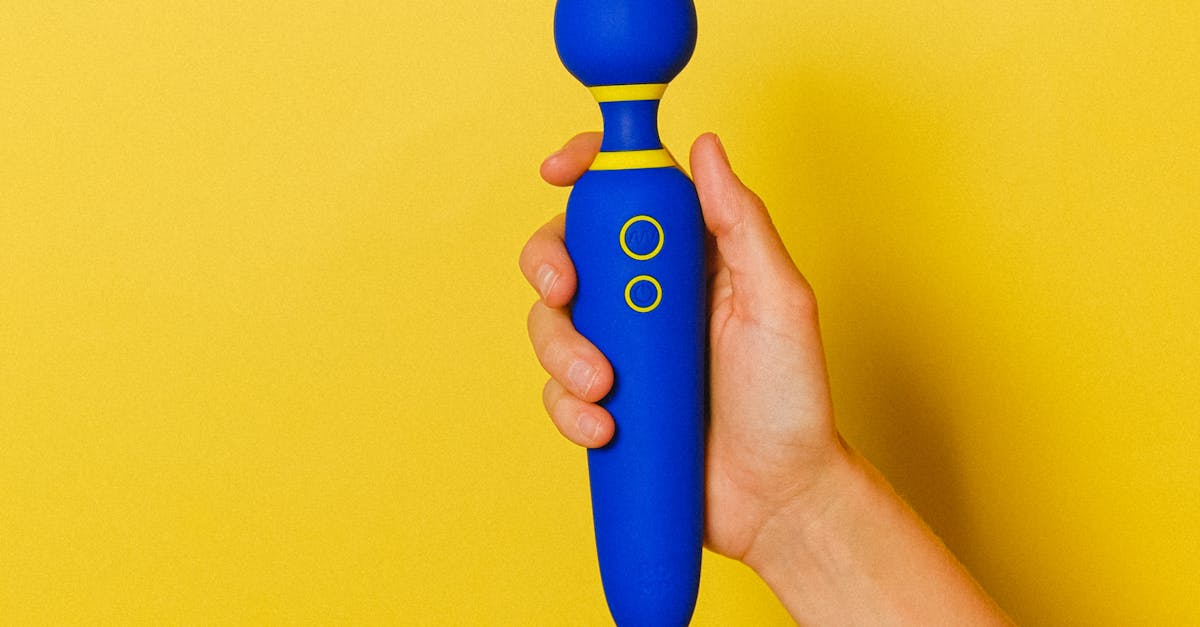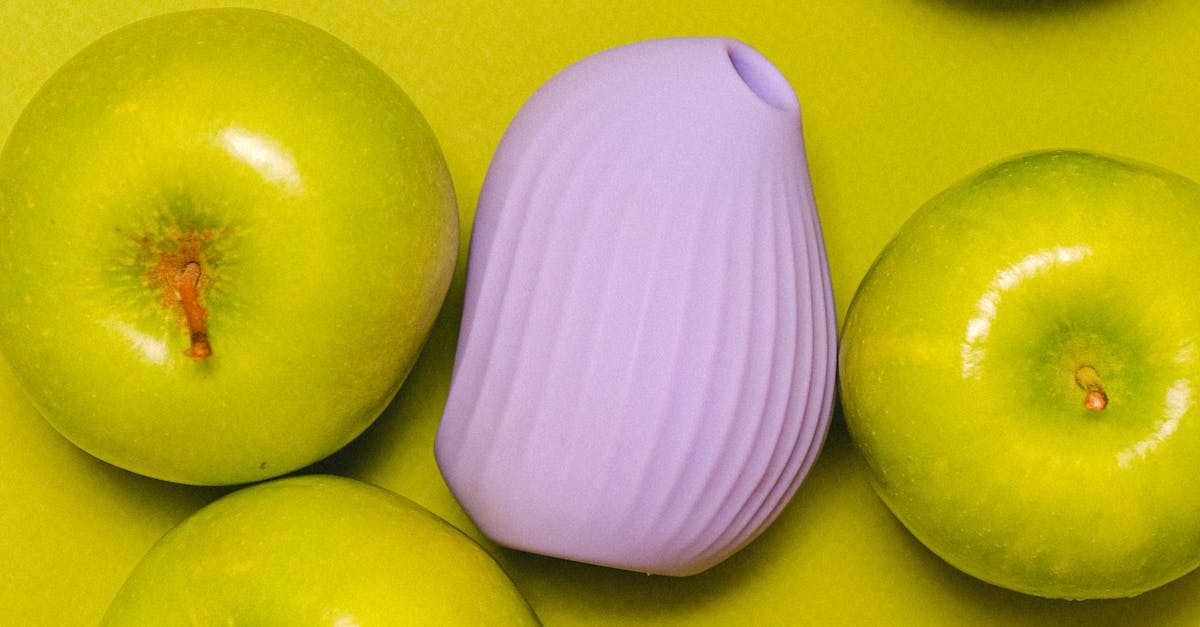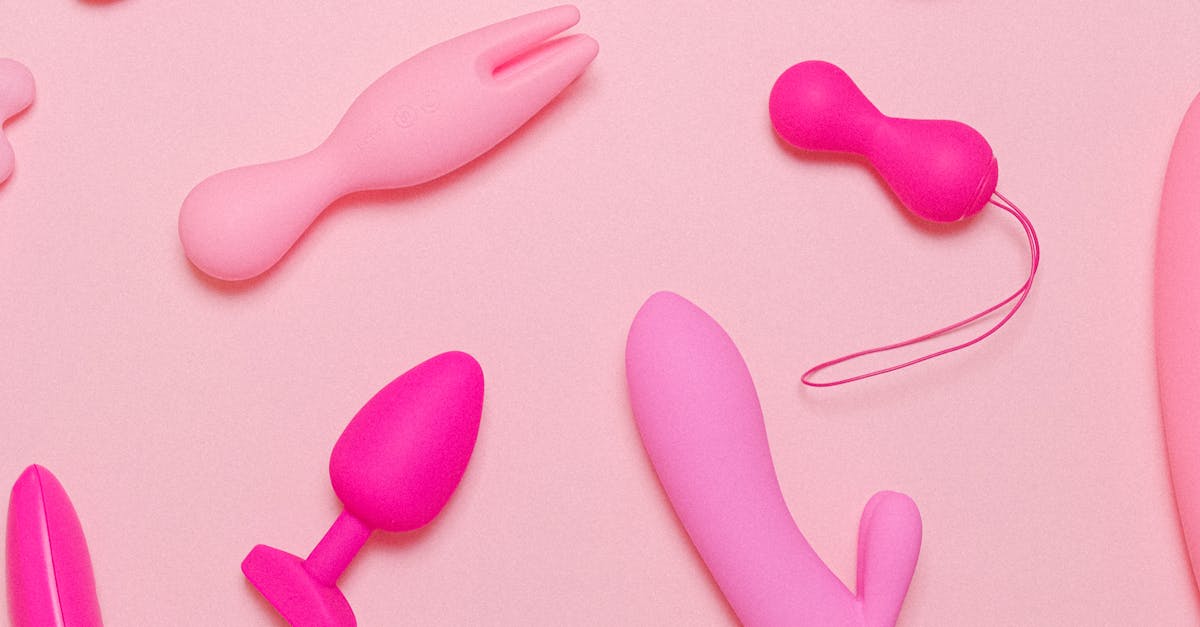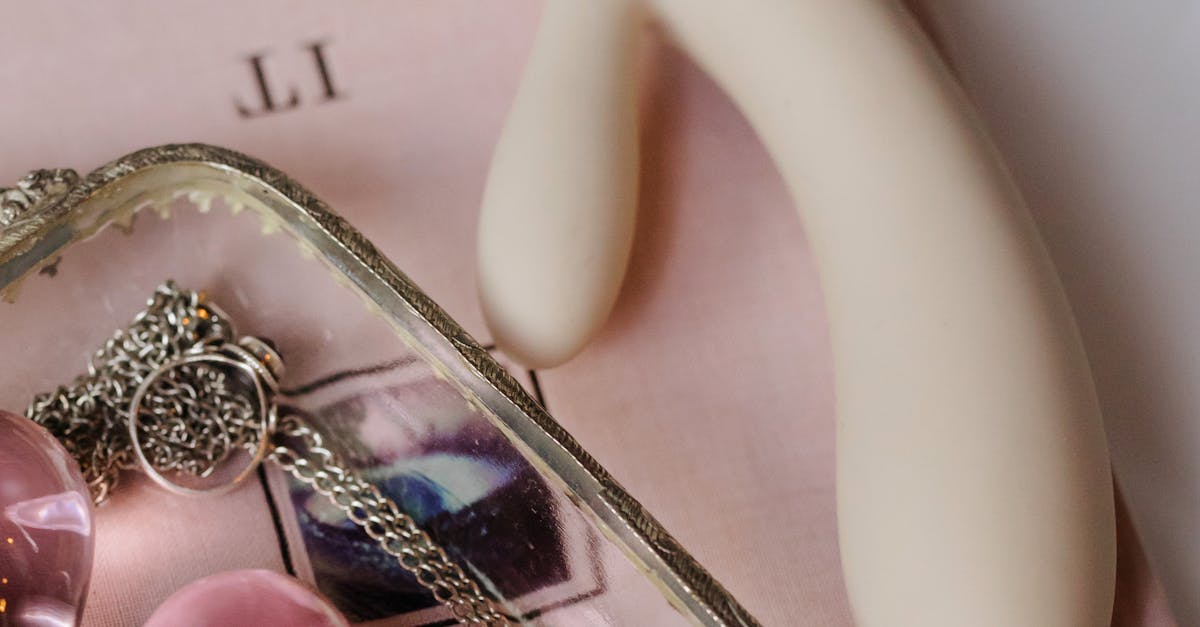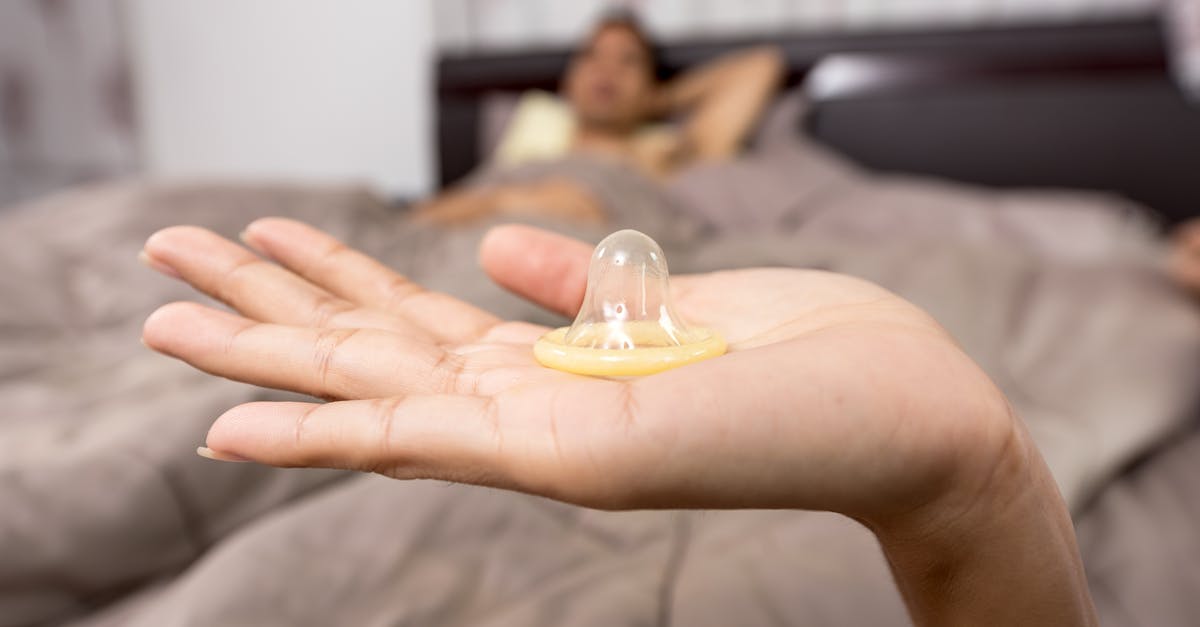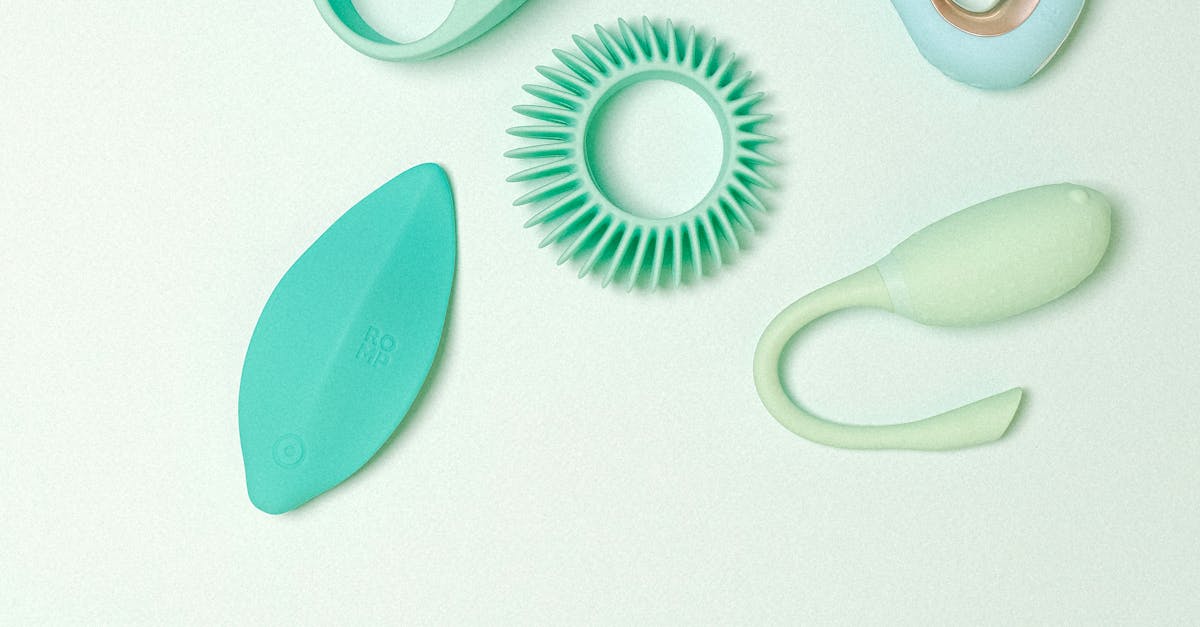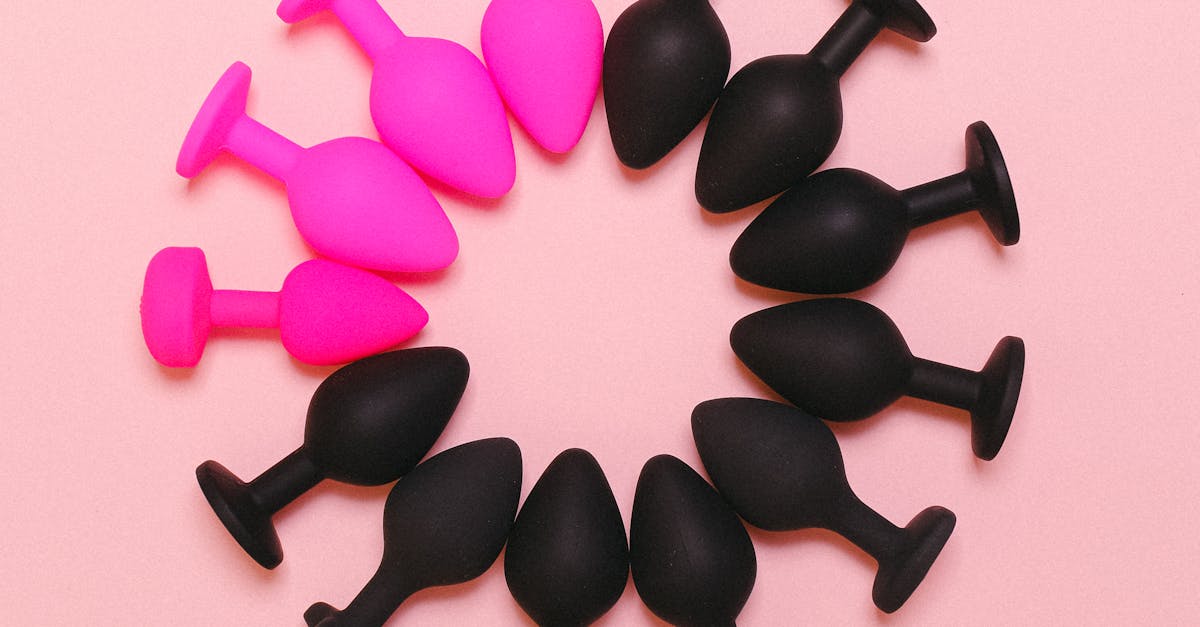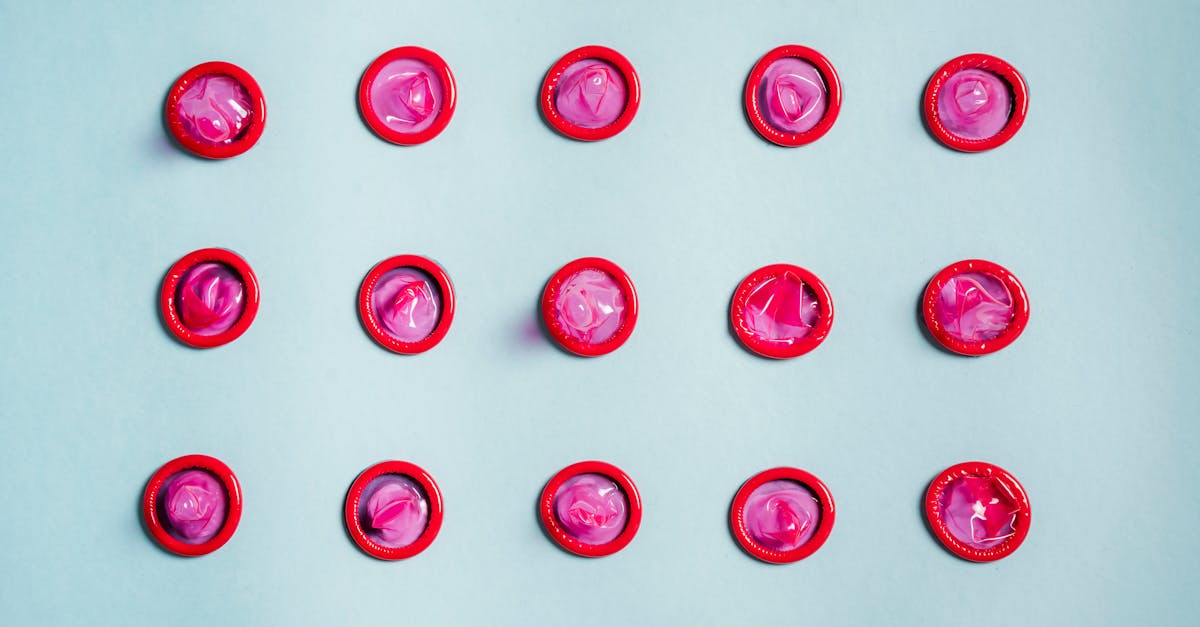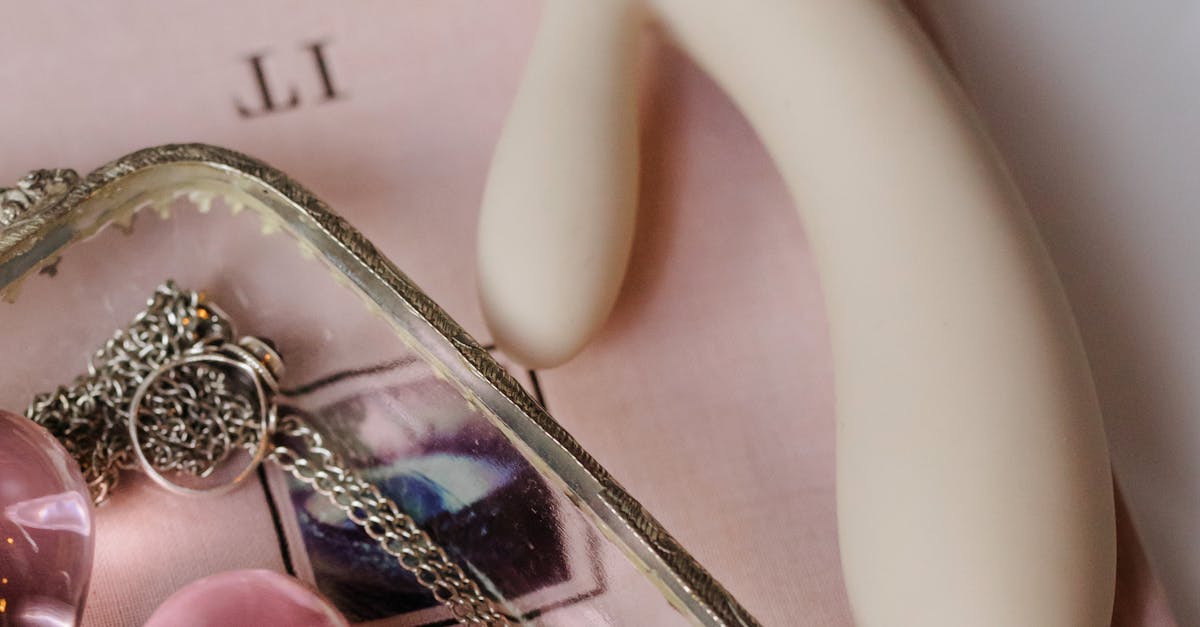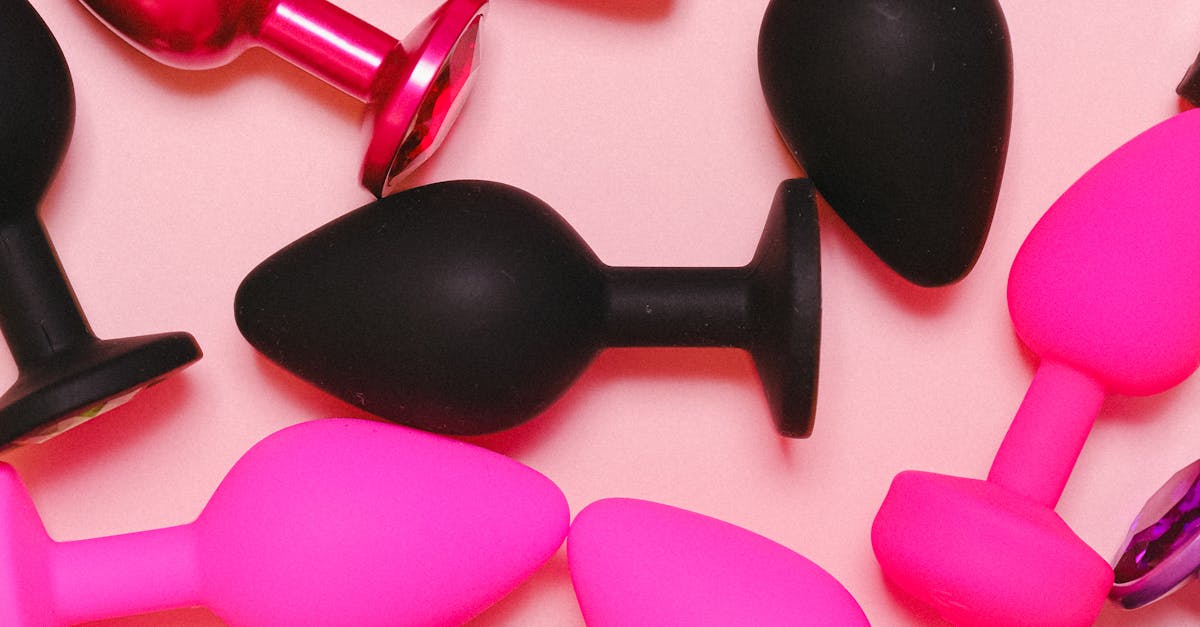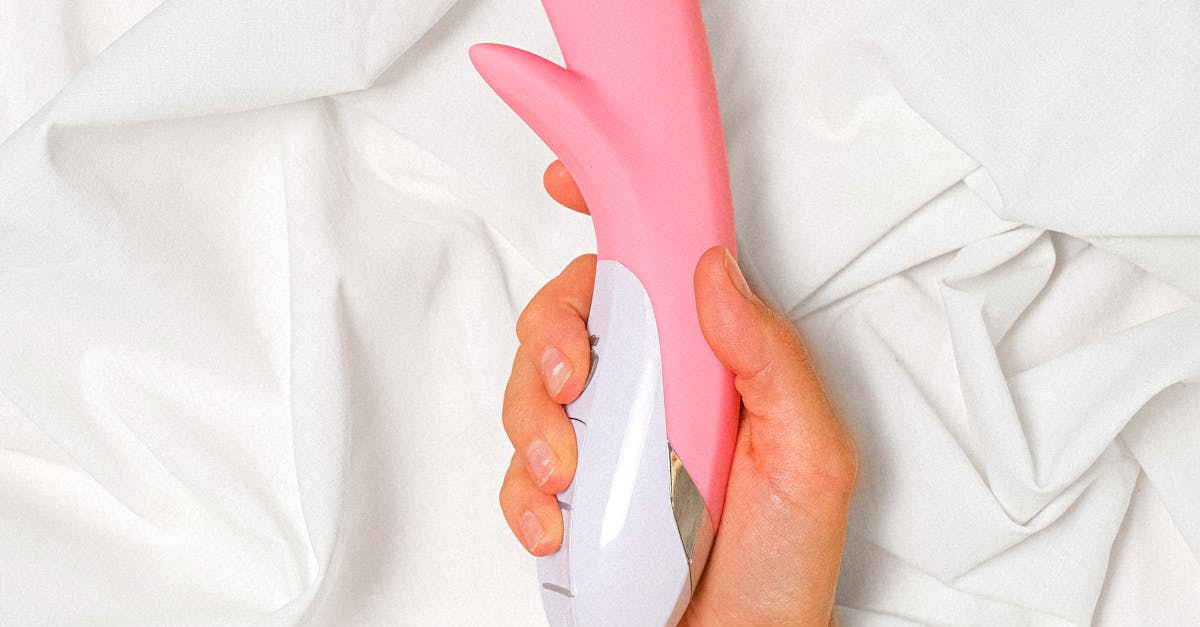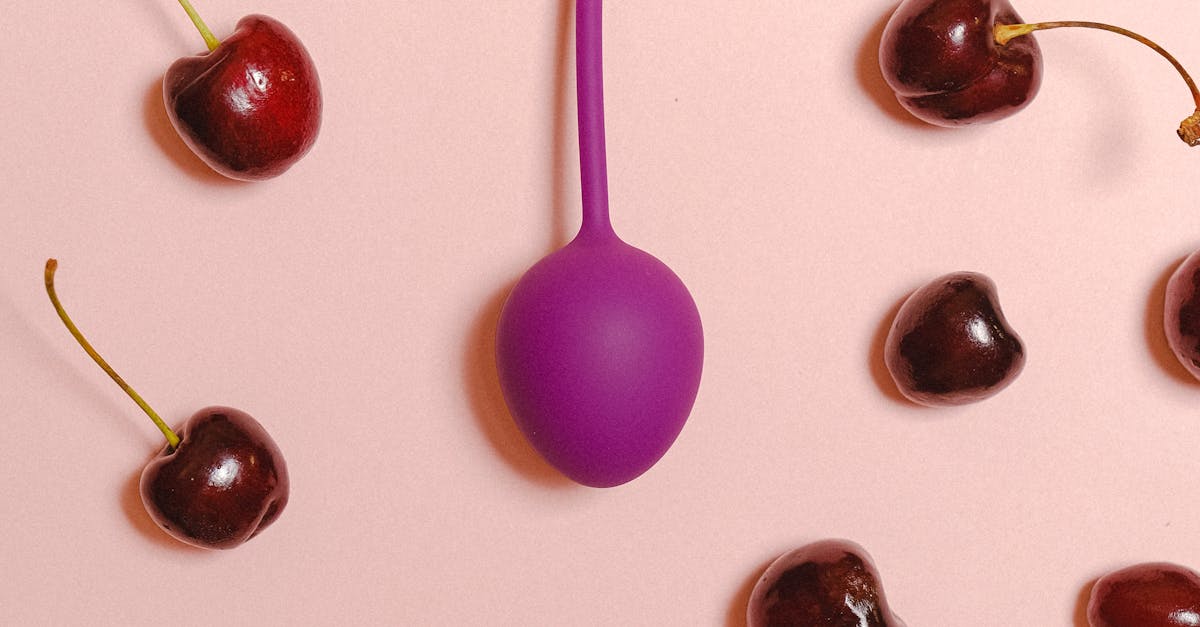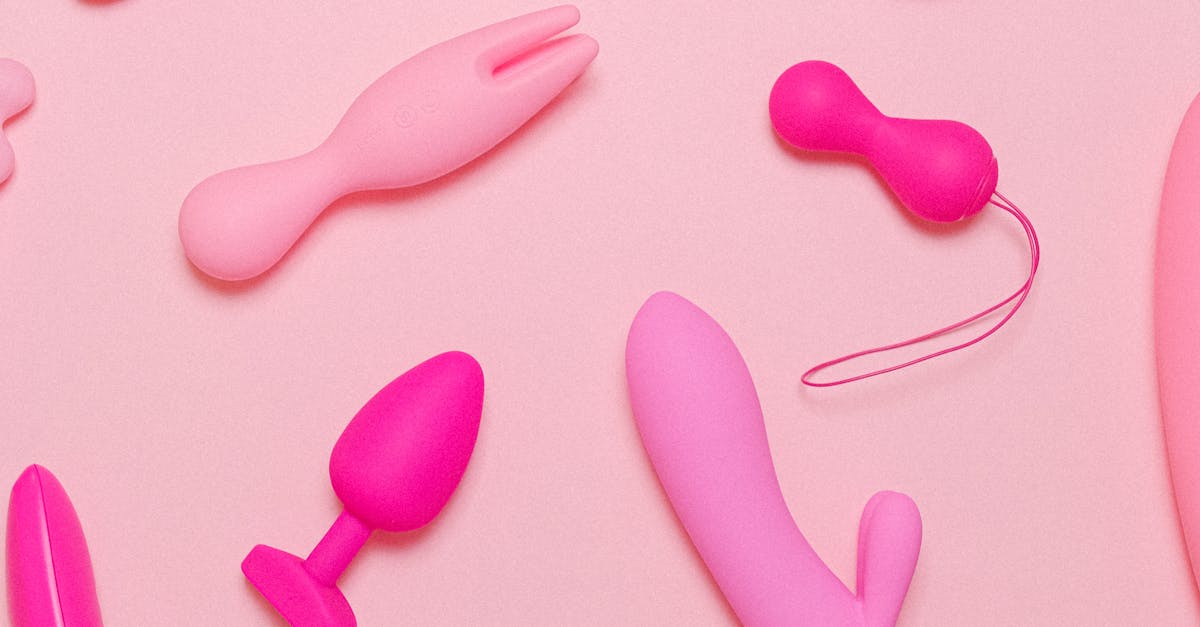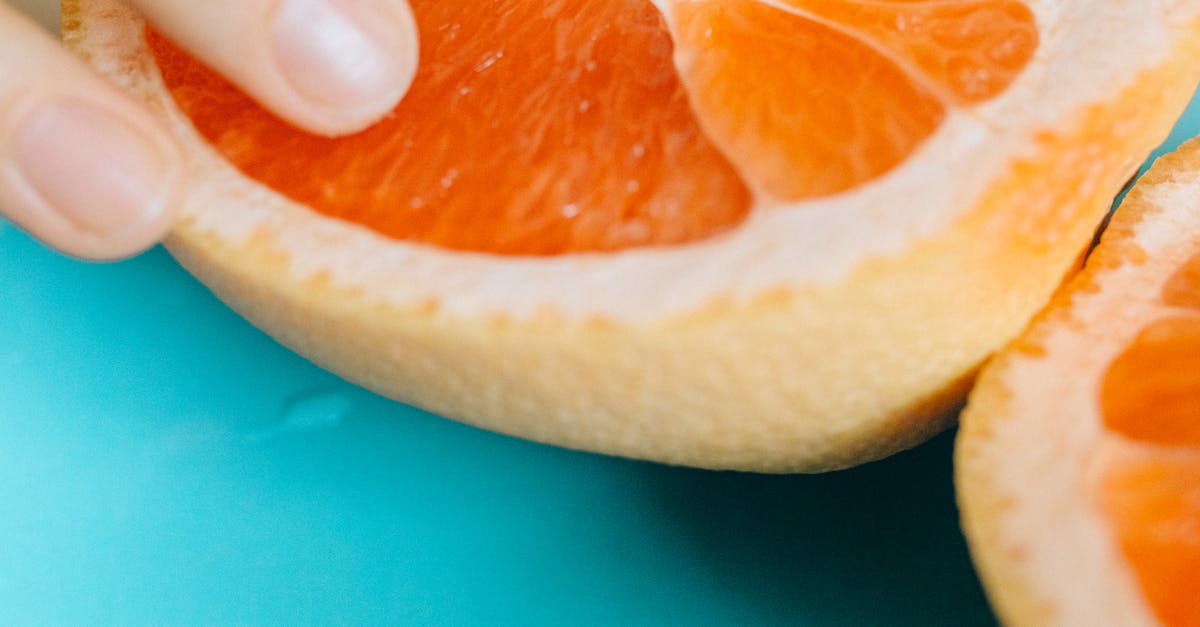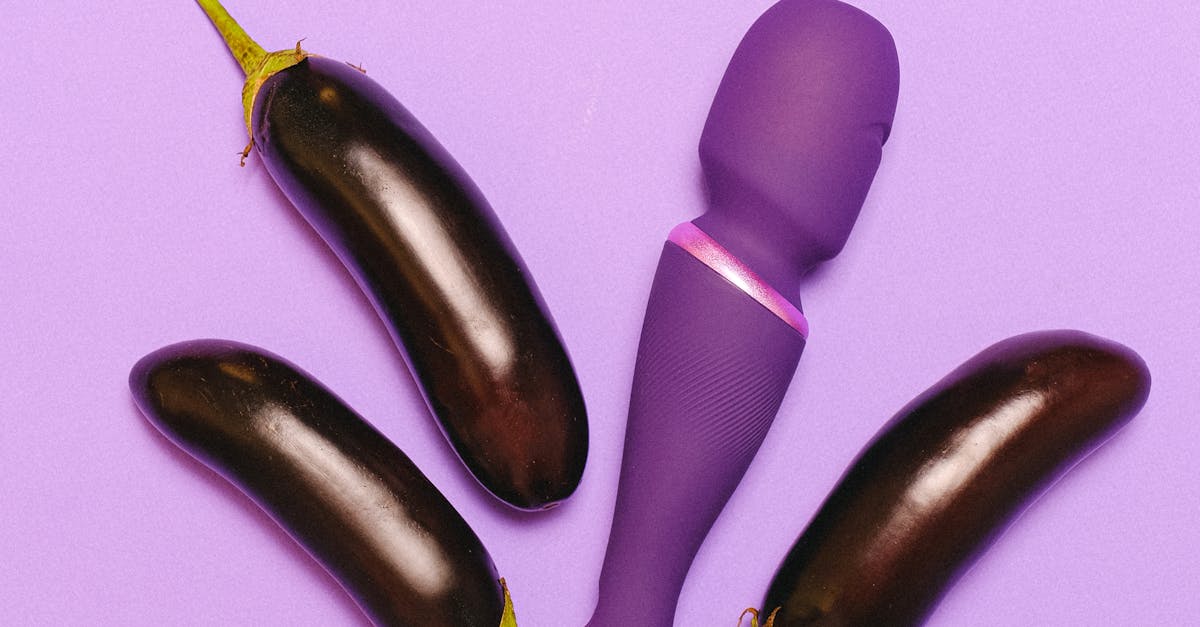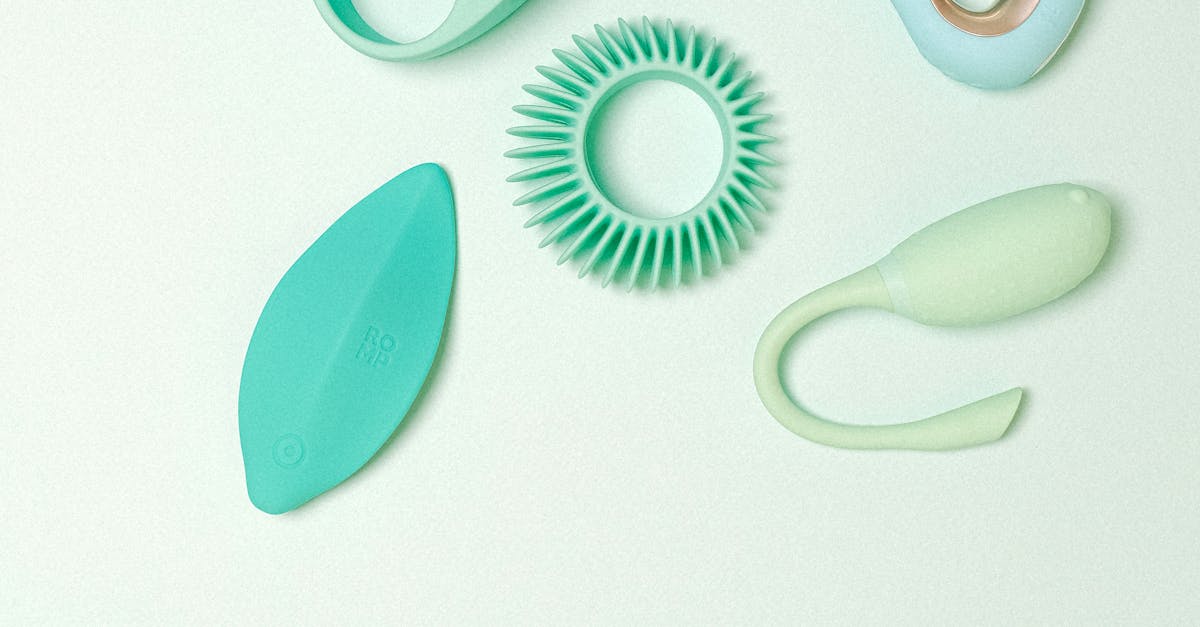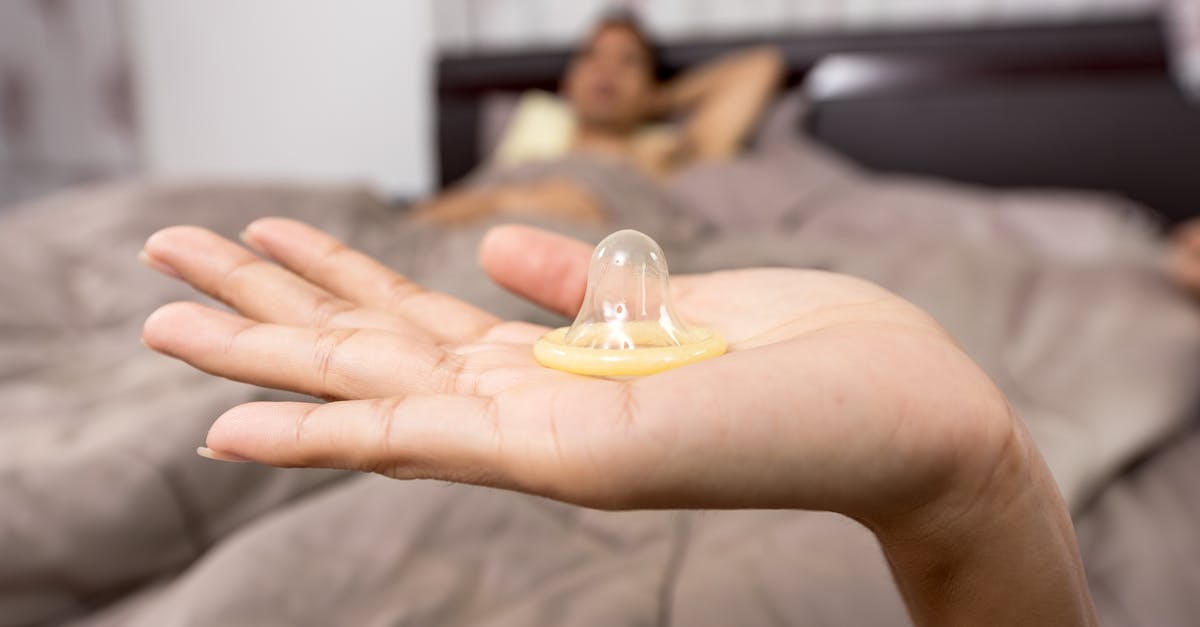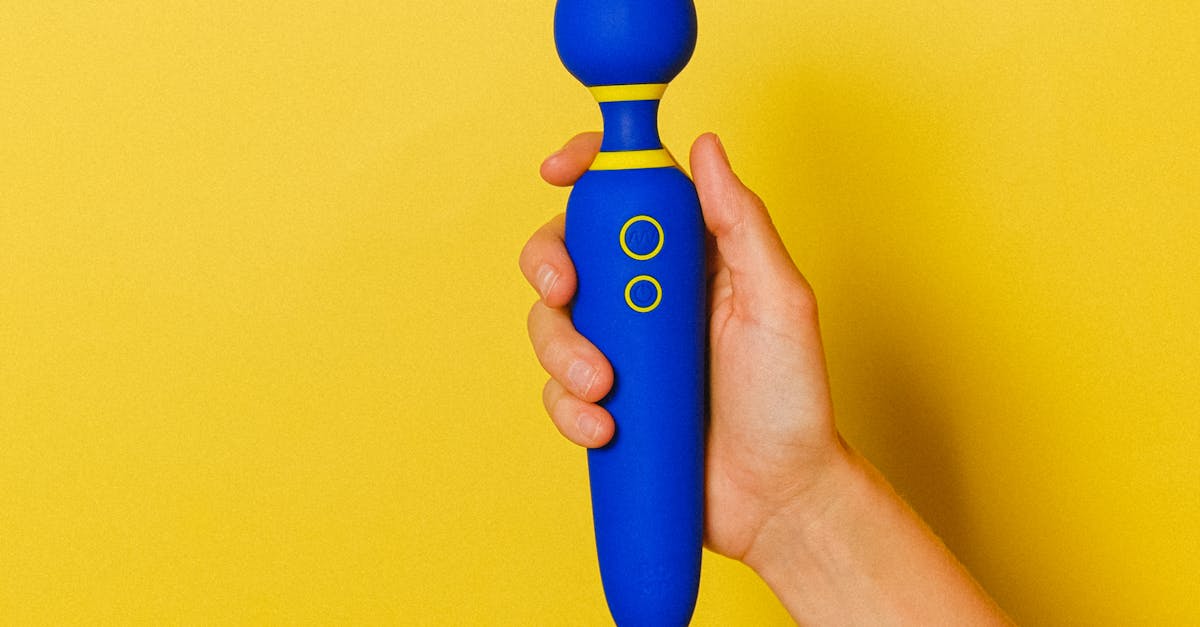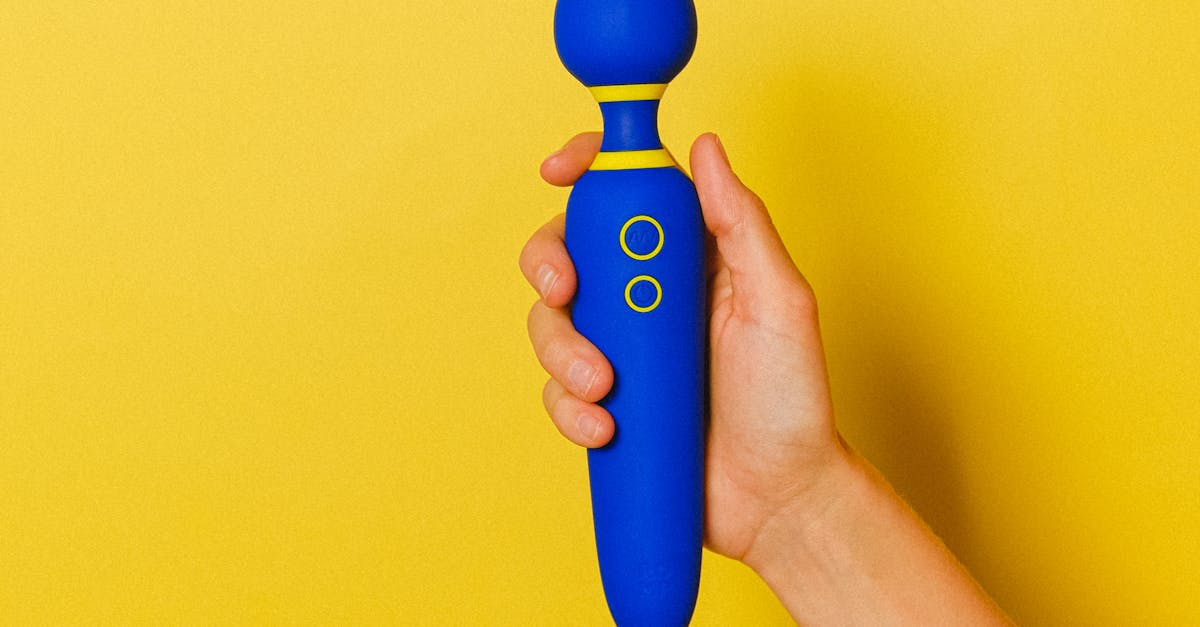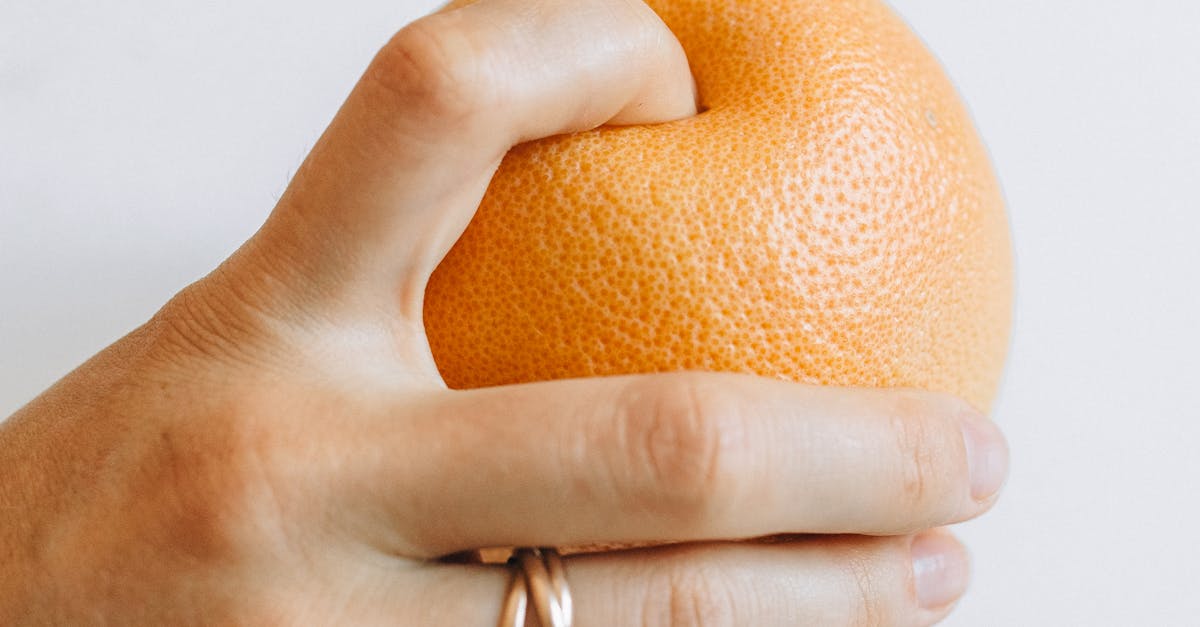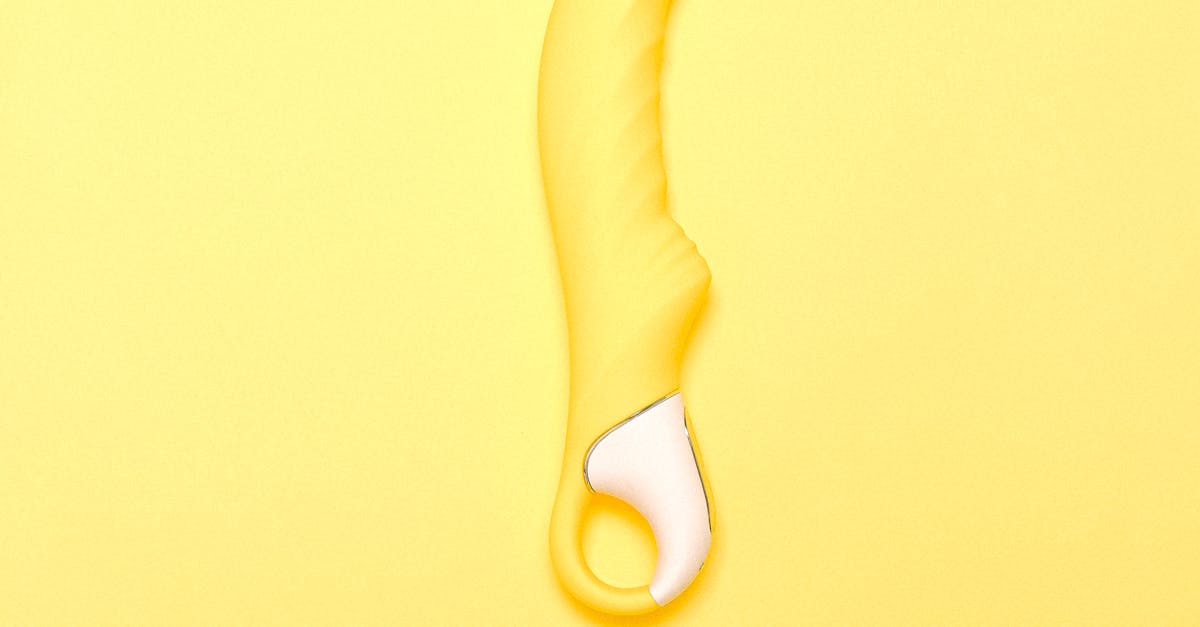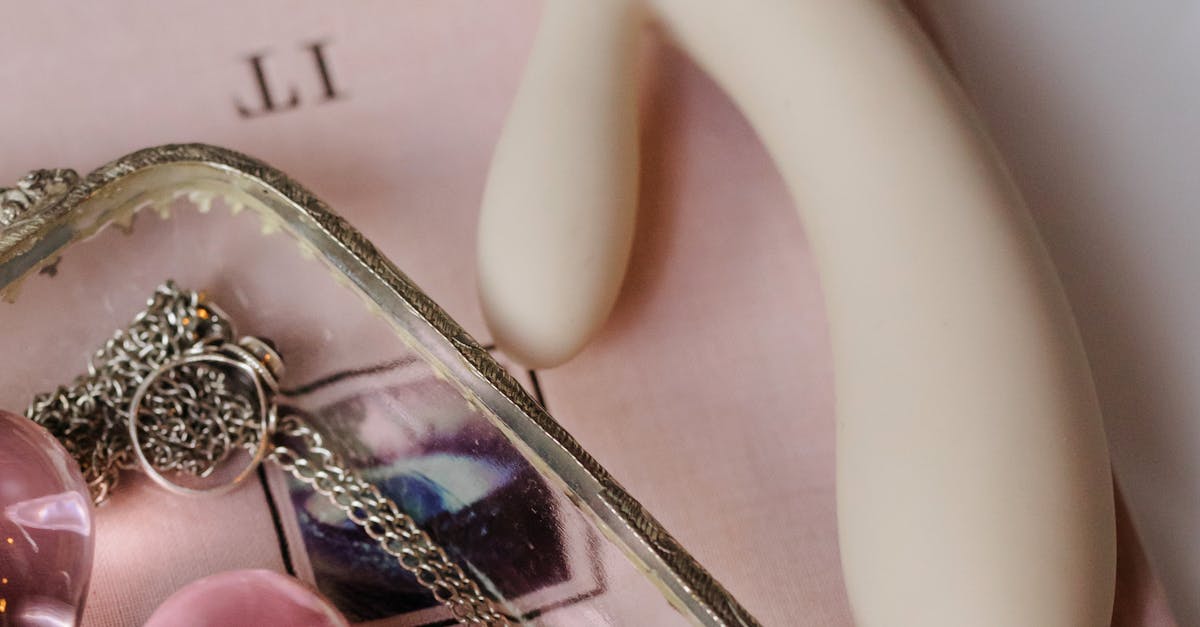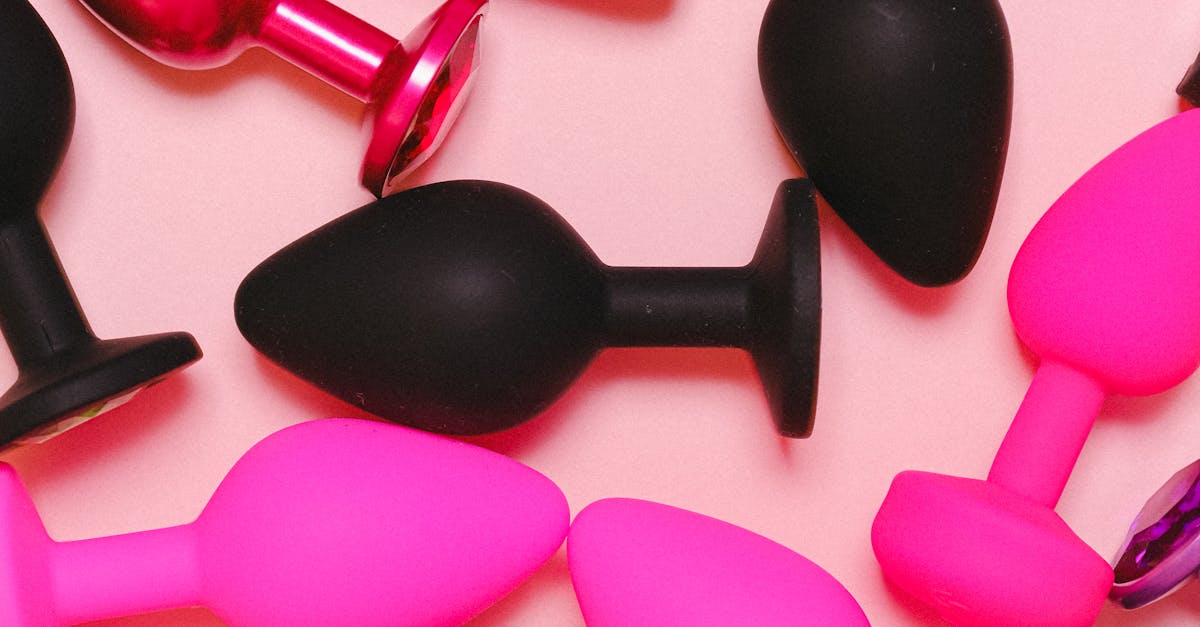Jelqing: Exploring the Ancient Art of Natural Penis Enlargement
Unveiling the Mysteries of Jelqing
Jelqing, a time-honored penis enlargement practice, has captured the attention of men worldwide who are eager to explore natural methods to enhance their size and elevate their sexual performance. With roots tracing back to the Middle East, jelqing has withstood the test of time and has recently garnered interest through online communities and men's health forums.
The Science Behind Jelqing
The jelqing technique involves gently massaging and extending the penis while in a semi-erect state, employing a specific hand-over-hand motion. The principle behind jelqing proposes that the repeated stretching and pressure exerted during the exercises create micro-tears in the penile tissues, which, upon healing, may contribute to an increase in size. This concept is reminiscent of muscle development through resistance training, although the penis is composed of smooth muscle and spongy tissue rather than skeletal muscle.
Mastering the Art of Jelqing: A Step-by-Step Guide
Setting the Stage:
Prior to embarking on your jelqing journey, it is essential to prime the penis by promoting blood flow and minimizing the risk of injury. Apply a warm compress or indulge in a warm shower to relax the tissues. Lubrication is crucial to mitigate friction and discomfort; opt for a water-based lubricant for convenience and to prevent irritation. Aim for a partially erect penis, approximately 50-75% erect, to ensure optimal blood flow without reaching full erection.
Perfecting the Jelqing Technique:
- Create an "OK" grip by encircling the base of your penis with your thumb and index finger.
- Apply gentle pressure and gradually glide your hand from the base to a point just beneath the glans (head) of the penis.
- Release the grip, alternate hands, and repeat the motion.
- Continue this exercise for 10-20 minutes, switching hands with each stroke.
Variations of the jelqing technique encompass wet jelqing (incorporating lubricant), v-jelqing (creating a "V" shape with the index and middle fingers), and one-handed jelqing.
Crafting Your Jelqing Routine:
Commence with shorter sessions, approximately 5-10 minutes, and gradually extend the duration as your comfort level improves. Engage in jelqing exercises 3-4 times per week, allowing rest days in between for tissue recovery. Pay attention to your body's signals and refrain from overexertion to prevent injury or discomfort.
The Potential Rewards of Jelqing
Numerous men who engage in jelqing report an increase in penis length and girth, although individual results may vary. Some assert that jelqing has enhanced their erectile function and sexual performance, leading to a boost in sexual confidence. However, it is crucial to maintain realistic expectations and recognize that results are not guaranteed.
Navigating the Risks and Side Effects
Jelqing, if executed incorrectly or too vigorously, can lead to pain, bruising, or injury to the delicate tissues of the penis. Overexertion may trigger the onset of Peyronie's disease, a condition characterized by the development of scar tissue and curvature of the penis. In certain cases, excessive jelqing may contribute to erectile dysfunction. To minimize risks, always employ proper technique, warm up, and pay attention to your body's signals.
The Quest for Scientific Validation
At present, there is a paucity of scientific studies specifically addressing the efficacy of jelqing. Much of the evidence supporting jelqing stems from anecdotal reports by practitioners who claim to have experienced positive outcomes. However, medical professionals and sex therapists often express reservations about the effectiveness and safety of jelqing, emphasizing the need for further research.
Exploring Alternative Paths to Penis Enlargement
For those seeking alternative avenues for penis enlargement, other natural techniques include kegel exercises, penis pumps, and stretching devices. Medical interventions, such as surgery or fillers, are available but come with inherent risks and potential complications. Ultimately, prioritizing sexual confidence, open communication with partners, and refining sexual technique may yield more significant benefits than solely focusing on enlargement methods.
If you're looking to enhance your sexual experience and take your pleasure to new heights, consider exploring the wide range of male sex toys available at Spank The Monkey. From high-quality masturbators to prostate massagers and beyond, Spank The Monkey offers a discreet and enjoyable way to elevate your solo or partnered play.
The Final Verdict on Jelqing
While jelqing remains a popular natural penis enlargement technique, its effectiveness and safety are not yet firmly established. Men considering jelqing should approach the practice with caution, prioritizing safety and maintaining realistic expectations. Cultivating open communication with partners and focusing on overall sexual health and confidence may ultimately prove more rewarding than exclusively pursuing increased size.
Frequently Asked Questions
-
Is jelqing a safe practice?
Jelqing is generally regarded as safe when performed correctly and in moderation. However, overexertion or improper technique can lead to pain, bruising, or injury.
-
How long does it typically take to observe results from jelqing?
Results from jelqing can vary significantly among individuals. Some men report noticing changes after a few weeks, while others may require several months to perceive any noticeable difference.
-
Can jelqing lead to permanent damage to the penis?
If performed incorrectly or too aggressively, jelqing may cause damage to the penile tissues, potentially leading to conditions such as Peyronie's disease or erectile dysfunction.
-
Is jelqing more effective compared to other penis enlargement methods?
The comparative effectiveness of jelqing to other methods remains uncertain, as there is a lack of scientific studies directly comparing these techniques.
-
Can jelqing alleviate erectile dysfunction?
While some men claim that jelqing has improved their erectile function, there is no scientific evidence to support this assertion. In fact, excessive jelqing may potentially contribute to erectile dysfunction in certain cases.
-
What is the recommended frequency for performing jelqing exercises?
It is advisable to begin with 3-4 jelqing sessions per week, allowing rest days in between for tissue recovery. Pay attention to your body's responses and avoid overexertion.
-
What should I do if I experience pain or discomfort during jelqing?
If you encounter pain or discomfort during jelqing, cease the exercise immediately. Allow your penis to rest and recover before attempting the exercises again. If pain persists, consult a healthcare professional.
-
Are there any scientific studies that substantiate the effectiveness of jelqing?
Currently, there is a dearth of scientific studies specifically addressing the effectiveness of jelqing. Much of the evidence supporting jelqing originates from anecdotal reports by practitioners.
-
Can jelqing assist with premature ejaculation?
There is no scientific evidence to suggest that jelqing can aid in addressing premature ejaculation. Techniques specifically targeting ejaculation control, such as kegel exercises or the stop-start method, may prove more effective.
-
Is the use of lubricants essential during jelqing?
Employing a lubricant during jelqing is highly recommended to reduce friction and prevent discomfort. Water-based lubricants are preferred for their ease of use and minimal risk of irritation.
- Home
- Top Reads
- Jelqing Products Review: The Best and Worst
- Top 10 Jelqing Techniques to Try
- The History of Jelqing
- What Are the Benefits of Uli Exercise
- Why Jelqing Techniques Matter
- Why Jelqing with an Erection is Controversial
- What to Expect from Jelq Squeeze
- What Are the Uli Exercise Benefits?
- How to Master the Horse 440 Squeeze
- How to Perform the Sadsak Head Exercise
- Roundup of Jelqing Equipment and Accessories
- Review of Advanced Jelqing Products
- Top 5 Jelqing Techniques to Try
- A brief history of Jelqing
- Why Advanced Jelqing Techniques are beneficial
- Why Jelqing with an Erection is effective
- What is the Jelq Squeeze technique
- What are the benefits of the Uli Exercise
- How to Master the Jelq Squeeze
- How to do the Horse 440 Squeeze
- How to perform the Sadsak Head Exercise
- The Ultimate Roundup of Advanced Jelqing Techniques
- Review: The Effectiveness of Jelqing
- Why Horse 440 Squeeze Is Popular
- 8 Advanced Jelqing Techniques You Should Try
- Why Jelqing with an Erection Is Controversial
- What Are Advanced Jelqing Techniques?
- What Are the Benefits of Jelq Squeeze?
- How to Do the Sadsak Head Exercise
- How to Perform the Uli Exercise
- The Ultimate Roundup of Advanced Jelqing Techniques
- Reviewing the Effectiveness of Jelq Squeeze
- 7 Key Advanced Jelqing Techniques to Try
- The History of Horse 440 Squeeze
- Why Advanced Jelqing Techniques Are Gaining Popularity
- Why Jelqing with an Erection is Controversial
- What to Expect from Jelq Squeeze
- What Are the Benefits of Uli Exercise
- How to Master the Horse 440 Squeeze
- Roundup of Advanced Jelqing Techniques
- How to Perform the Sadsak Head Exercise
- The History of Advanced Jelqing Techniques
- Review of Advanced Jelqing Techniques
- Top 10 Advanced Jelqing Techniques to Try
- Why Advanced Jelqing Techniques Matter
- Why Jelqing with an Erection Can Be Risky
- What Are the Benefits of Jelq Squeeze?
- How to Master Horse 440 Squeeze
- What Is the Uli Exercise?
- How to Perform Sadsak Head Exercise
- Roundup of Jelqing Techniques
- Why Warm-up and Cool-down are Essential for Jelqing
- Review of Jelqing Tools
- Top 10 Lubricants for Jelqing
- The History of Jelqing
- Why Safety Precautions are Important for Jelqing
- What is the Ideal Duration and Frequency of Jelqing
- What Are the Best Grips for Jelqing
- How to Apply Lubrication for Jelqing
- How to Perform Basic Jelqing Technique
- The Ultimate Jelqing Routine
- Jelqing Equipment Review
- 10 Essential Safety Precautions for Jelqing
- Why Warm-up and Cool-down are Essential for Jelqing
- The History of Jelqing
- Why Safety Precautions are Important for Jelqing
- What Is the Optimal Duration and Frequency of Jelqing
- What Are the Best Grips for Jelqing
- How to Perform Jelqing Safely
- How to Apply Lubrication for Jelqing
- The History of Jelqing
- The Ultimate Roundup of Jelqing Techniques
- Review of Jelqing Devices: Which One Is the Best?
- 7 Essential Lubrication Options for Jelqing
- Why Grip Is Important for Jelqing
- Why Warm-up and Cool-down Are Important for Jelqing
- What Are the Recommended Duration and Frequency for Jelqing?
- What Safety Precautions Should You Take When Jelqing?
- How to Apply Lubrication for Jelqing
- How to Enhance Jelqing with Advanced Techniques
- How to Perform Basic Jelqing Technique
- The Ultimate Roundup of Jelqing Tips and Tricks
- Review of Jelqing Techniques and Their Effectiveness
- 5 Essential Tools for Jelqing
- Why Frequency and Duration Matter in Jelqing
- What Are the Recommended Safety Precautions for Jelqing
- Why Warm-up and Cool-down are Important for Jelqing
- What Are the Best Lubricants for Jelqing
- How to Use the Correct Grip for Jelqing
- How to Perform the Basic Jelqing Technique
- Review of Jelqing Techniques
- Roundup of Jelqing Equipment
- 10 Best Lubricants for Jelqing
- A Brief History of Jelqing
- Why Warm-up and Cool-down are Important for Jelqing
- Why Grip is Important in Jelqing
- What Are the Common Mistakes in Jelqing
- What Are the Benefits of Jelqing
- How to Apply Lubrication for Jelqing
- How to Perform Jelqing Safely
- Jelqing Equipment Review
- The Ultimate Guide to Jelqing Techniques
- Top 10 Tips for Mastering Jelqing Techniques
- The History of Jelqing
- Why Jelqing Techniques are important
- Why Side Jelq Technique is effective
- What are the benefits of V-Jelq Technique
- What is the Jelq Squeeze Technique
- How to perform Dry Jelqing Technique
- How to perform Wet Jelqing Technique
- Review: The Best Lubricants for Jelqing
- Top 10 Tips for Effective Jelqing
- The Ultimate Roundup of Jelqing Techniques
- The History of Jelqing
- Why V-Jelq Technique is Gaining Popularity
- Why Side Jelq Technique is Effective
- What Safety Precautions to Take for V-Jelq Technique
- What Are the Benefits of Jelq Squeeze Technique
- How to Master Dry Jelqing
- How to Perform Wet Jelqing
- The Ultimate Guide to Jelqing
- 7 Essential Tips for Jelqing
- The History of Jelqing
- Jelqing Equipment Review
- Why Jelqing Techniques Work
- Why Side Jelq Technique is Effective
- What Are the Benefits of V-Jelq Technique
- What Is Jelq Squeeze Technique
- How to Perform Wet Jelqing
- How to Do Dry Jelqing
- How to Master V-Jelq Technique
- The Ultimate Roundup of Jelqing Techniques
- A Comprehensive Review of Jelqing Method
- Why You Should Try Side Jelq Technique
- 5 Essential Tips for Jelqing Success
- Why Jelqing Is Important for Male Enhancement
- What Are the Benefits of V-Jelq Technique
- What Is the Jelq Squeeze Technique
- How to Do Dry Jelqing
- How to Perform Wet Jelqing
- Roundup of the Best Jelqing Techniques
- Review of Different Jelqing Techniques
- Top 10 Tips for Mastering Jelqing Techniques
- History of Jelqing Techniques
- What are the Benefits of V-Jelq Technique
- Why Side Jelq Technique is Effective
- Why Jelqing Techniques Work
- How to Perform Dry Jelqing Technique
- How to Perform Wet Jelqing Technique
- What is the Jelq Squeeze Technique


